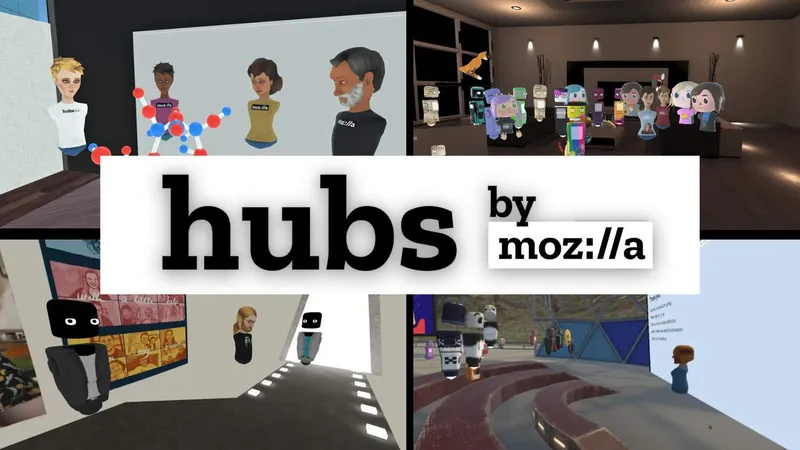IBM is no stranger to the idea of the Metaverse. For years, IBM’s Ian Hughes championed the company’s efforts in one of the original iterations of the Metaverse, Second Life. IBM was an early adopter of the belief that meeting and collaborating in the virtual world was the future, and it appears that passion for the field may not have subsided.
This month, the US Patent and Trademark Office published a new patent application from IBM, called System and Method for Group Control in a Metaverse Application. In short, it looks like a standard method for online group travel, except, “in the Metaverse.”
The concept is fairly simple. The patent details an innovation where a “group link engine” allows users to be invited into a group. Once inside the group, a leader can control their actions.
The patent outlines a number of the actions that the group leader will be able to control such as, “group walking, group flying, group teleporting, and group running.” In some instances the leader will have control over things like group gestures as well like, “group hand waving, group clapping of hands, group sitting down, group laughing, and group dancing.”

There are a number of additional obvious claims, such as the ability to transfer leadership, to temporarily remove a member from the group, to send out invitations to the group, and to record movements. Many things that have been present in online worlds for years.
This wasn’t IBM’s first Metaverse patent either. Last year, when writing a piece on how we would implement travel between unrelated virtual worlds, I accidentally stumbled across an IBM patent from 2013 which touched on that very concept. IBM described a system that would read your personal profile (friends, interest, age, etc) and teleport you to a region in your destination that compliments your profile.
It will be interesting to see how things continue to develop with the Metaverse and the US Patent office. There is bound to be a seminal patent law case in the near future that will either define the Metaverse as part of the existing online sphere (thus making it harder to say ‘lets take this thing that exists online, make it VR/’in the Metaverse,’ and then get a new patent on it’).
Beyond the legal side of things, this is an interesting move potentially for IBM. While two patents for a company as large as IBM is not exactly a sign that they are gung-ho on VR, it is at least a signal that they have been thinking about it. Artificial intelligence, like IBM’s Watson program, is something that will be incredibly important to the development of the Metaverse. In fact Watson, or possibly something out of Google/Ray Kurzweil’s DeepMind program, will likely be the first artificially intelligent ‘being’ we will encounter face to face, and that encounter will likely happen in an environment in the Metaverse. More than anything – IBM’s focus on AI in combination with these patents around the Metaverse suggests that they must at least be thinking about that direction.
The Metaverse of the future is going to be a crazy place, and it won’t just be people inhabiting it.
Thanks to Josh McCormick for his contributions to this article – including digging up the patent. McCormick is the author of Metaversing, a blog which focuses on translating the science fiction concept of a metaverse into reality. You can follow him on Twitter @Atari_Historian.




























